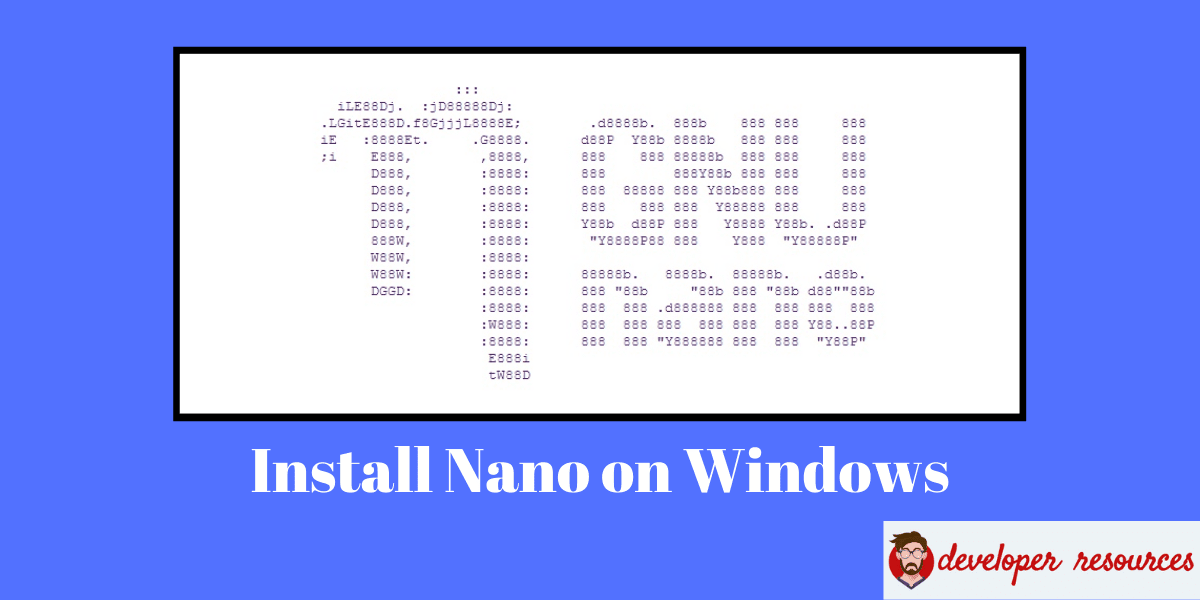

- #Nano text editor pdf
- #Nano text editor install
- #Nano text editor code
- #Nano text editor mac
- #Nano text editor windows
While the precise reasons for these changes are unclear, speculation online suggests it may be to get away from GNU licensing issues, or potential security issues.
#Nano text editor mac
The replacement of nano with pico by default arrived with macOS 12.3 and onward, where you will also find that Python 2 was removed, but you can make Python 3 the default on the Mac if desired. Once nano has finished installing, you can launch nano as usual from the command line with:Īnd away you go, you’re back to using the nano text editor at the command line.

#Nano text editor install
Homebrew is easy to install on the Mac and offers simple package management and an abundance of command line tools, apps, and utilities that are familiar to many Unix and Linux users.Īssuming you have Homebrew installed, installing nano on the Mac is super simple.įrom the Terminal, type the following syntax: If you don’t have Homebrew installed yet, you will need to do that first. The simplest way to install the nano text editor on MacOS is to use Homebrew. It does not store any personal data.If you prefer to use the nano text editor, you can get nano back in the command line by installing it manually yourself. The cookie is set by the GDPR Cookie Consent plugin and is used to store whether or not user has consented to the use of cookies. The cookie is used to store the user consent for the cookies in the category "Performance". This cookie is set by GDPR Cookie Consent plugin. The cookie is used to store the user consent for the cookies in the category "Other. The cookies is used to store the user consent for the cookies in the category "Necessary". To add text, just type it in, and it immediately becomes part of the document. Although less powerful than programs such as vi and Emacs, Nano's basic feature set makes it easier for beginners to learn and use. This cookie is set by GDPR Cookie Consent plugin. Based on the Pico message composition editor, Nano is a simple, display-oriented text editor for Unix. The cookie is set by GDPR cookie consent to record the user consent for the cookies in the category "Functional". The cookie is used to store the user consent for the cookies in the category "Analytics". These cookies ensure basic functionalities and security features of the website, anonymously. Necessary cookies are absolutely essential for the website to function properly.
#Nano text editor pdf
If you do not want to download the PDF version, then they also offer an online version of the nano editor documentation which is available from. It covers the basic use and all the options available for the nano editor. You can download this nano documentation from. If you have never used nano before and are new to the GNU nano editor, then you may find a PDF file about the nano editor very useful. You can basically launch command prompt and give command nano to invoke nano editor.
#Nano text editor windows
Now you can invoke nano.exe from anywhere in your Windows PC. Find nano.exe from inside the “bin” folder and copy it to C:\Windows\ folder of your PC.You may have to use 7-Zip for extracting files. Extract the contents of downloaded 7Z file to a folder.Download latest version of nano editor for Windows from.In order to install or setup nano editor in Windows, you can follow these quick steps: It is native Windows PE file and does not have any extra requirements. There is no confusing or difficult to understand instructions. These are binary files that you have to just download and use. But good news is that now Windows builds of nano editor are also available.
#Nano text editor code
While Linux users can get nano editor quickly and use it for editing all kinds of text, source code or configuration files, Windows users are often left out. For example, in Debian based Linux distributions, you can use the command sudo apt-get install nano for installing nano in a few seconds. This editor is either included in the Linux itself or you can easily install through application managers for those flavors of Linux. People who have used any distribution of Linux know about a very small and useful editor called nano.


 0 kommentar(er)
0 kommentar(er)
